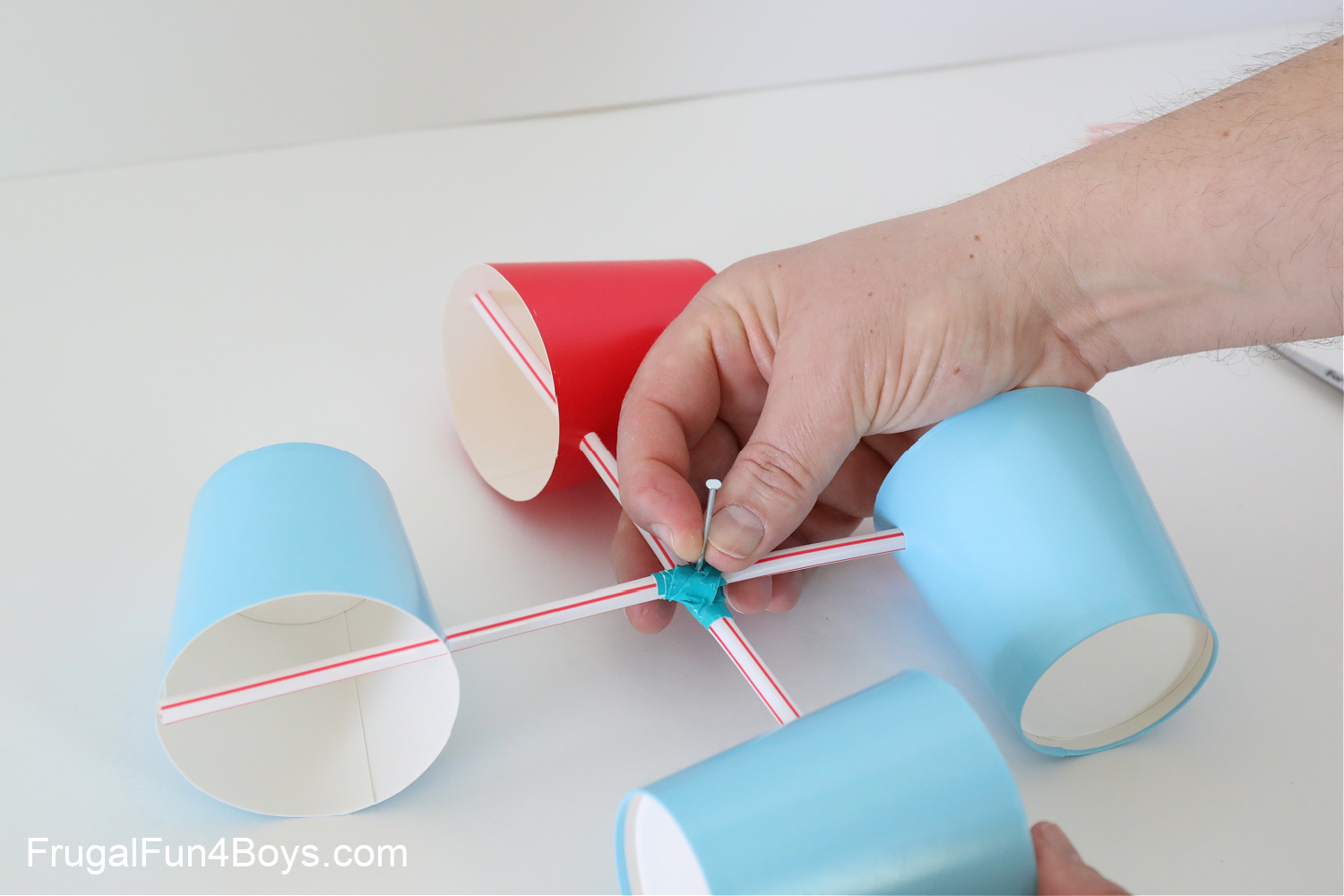Anemometers Unveiled: Understanding Their Relevance in Ecological Surveillance and Precaution
The function of anemometers in ecological monitoring and safety and security measures is often taken too lightly, yet their value is undeniable. From meteorology to aviation security, anemometers play an important function in supplying accurate data that informs decision-making processes and boosts general safety.
History of Anemometers
The development of anemometers can be traced back to the ancient civilizations where rudimentary wind measuring gadgets were very first used. These very early wind measurement tools laid the structure for the development of more advanced anemometers gradually. One of the earliest well-known anemometers was the hemispherical mug anemometer invented by Leon Battista Alberti in the 15th century. This style included 4 hemispherical mugs that gathered wind power, providing a dimension of its strength based upon the rate of turning.
In the 18th century, the popular scientist John Thomas Romney Robinson presented the Robinson anemometer, which included four hemispherical mugs mounted on straight arms that prolonged from a central axis. This layout became a criterion in meteorological dimensions due to its precision and dependability. Throughout the years, developments in modern technology brought about the development of more contemporary anemometers, consisting of ultrasonic anemometers and laser Doppler anemometers, using enhanced precision and efficiency in determining wind rate and instructions. The background of anemometers showcases a remarkable journey of advancement and progress in the area of meteorology.
Kinds Of Anemometers
Throughout the field of weather forecasting, various kinds of anemometers have actually been created to accurately gauge wind rate and direction. Sonic anemometers utilize ultrasonic signals to gauge wind speed and direction properly. Hot-wire anemometers run based on the principle that the cooling result of wind on a warmed cord is proportional to the wind rate.
Applications in Weather Forecasting
Having discussed the different types of anemometers utilized in meteorology for determining wind speed and instructions, it is vital to explore their useful applications in the field. Anemometers play an important role in meteorology by giving real-time and accurate data on wind conditions (anemometer). Meteorologists make use of anemometers to keep track of wind rate and instructions to anticipate weather patterns, problem cautions for extreme climate events like twisters, typhoons, and tornados, and examine climatic conditions for aviation security
In weather forecasting, anemometers assist in recognizing local and regional wind patterns, which are essential for anticipating climate adjustments and establishing weather patterns. These gadgets are additionally used in research to examine microclimates, metropolitan warm islands, and air contamination diffusion. Additionally, anemometers are employed in farming to enhance crop monitoring practices, such as watering and chemical application, based upon wind problems.
Significance in Aeronautics Safety
An indispensable facet of making sure aviation safety hinges on the thorough surveillance of wind problems utilizing anemometers. Anemometers play a crucial role in aeronautics by giving real-time navigate to this site information on wind rate and instructions, helping pilots in making educated decisions during landing, take-off, and flight. Uncertain and solid winds can considerably impact airplane procedures, making it necessary for air travel authorities to count on precise wind dimensions to make sure the security of travelers and crew.

In the vibrant atmosphere of aeronautics, where even small adjustments in wind rate and instructions can have profound results, anemometers stand as vital tools for advertising secure and secure air travel.
Role in Environmental Research
Exactly how do anemometers add to innovations in environmental study? Anemometers play an essential function in environmental research study by offering essential information on wind rate and instructions. This info is vital for comprehending different climatic processes, such as air contamination diffusion, climate patterns, and environment modification. By precisely determining wind qualities, anemometers help researchers evaluate the movement of contaminants in the air, examine the influence of commercial exhausts, and anticipate the spread of impurities in the environment.


Final Thought
In verdict, anemometers have actually played a crucial duty in ecological surveillance and safety and security actions. With an abundant background and different types available, these devices have actually been widely used in weather forecasting, aeronautics security, and environmental research. Understanding the importance of anemometers is vital for accurately measuring wind rate and instructions, which is crucial for forecasting weather condition patterns, making sure safe aviation procedures, and carrying out ecological studies - anemometer. moved here Their payments to these areas can not be undervalued.
One of the earliest known anemometers was the hemispherical mug anemometer created by Leon Battista Alberti in the 15th century. Over the years, innovations in innovation led to the growth of more modern-day anemometers, consisting of ultrasonic anemometers and laser Doppler anemometers, offering enhanced accuracy and efficiency in determining wind rate and direction. Hot-wire anemometers operate based on the principle that the cooling result of wind on a heated cable is symmetrical to the wind speed. Meteorologists utilize anemometers to monitor wind speed and direction to forecast weather condition patterns, issue warnings for extreme weather events like tornadoes, hurricanes, and tornados, and evaluate atmospheric problems for aeronautics security.
Recognizing you can try this out the relevance of anemometers is essential for accurately determining wind speed and instructions, which is crucial for forecasting climate patterns, guaranteeing safe air travel operations, and conducting environmental research studies. (anemometer)